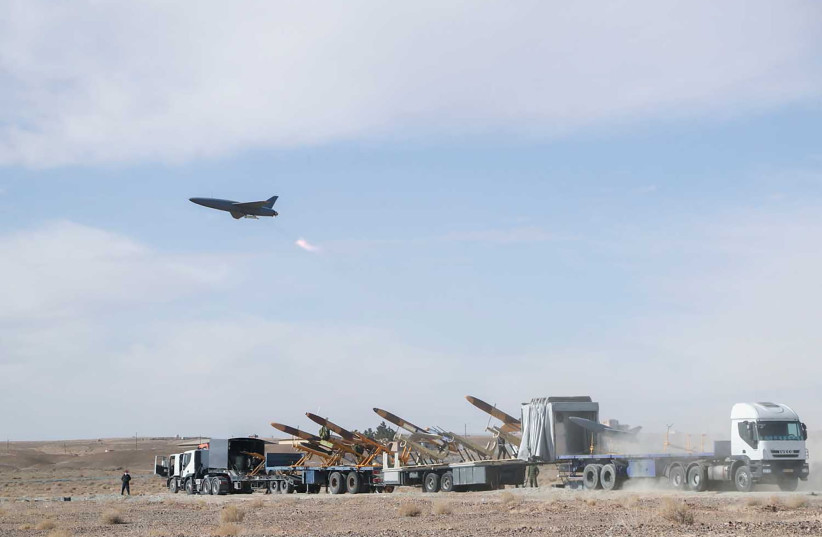Hamas broke into dozens of cameras in the surrounding settlements before October 7
Hamas has been pushing for increased performance in its intelligence-gathering operations, an actuality that has become increasingly apparent over time. In recent years, the IDF, the Mossad, and the Shin Bet began to recognize movement in Hamas’ intelligence gathering overtures.
Hamas’ central intelligence body is called the “Internal Security Force” (ISF), according to Israel Defense. Prior to the October massacre, it numbered 2,100 operatives and was equipped and trained by Iran and Hezbollah, Israel Hayom reported. Israeli departments followed ISF closely and believed that they knew its capabilities, and recently, several countermeasures were taken to damage and weaken ISF, Israel Hayom reported.
Additionally, in the first days of the war, one of the more prominent figures in ISF, Ayman Nofal, was eliminated. However, only after the IDF raided Gaza and managed to enter ISF’s underground offices and server rooms was the true magnitude of Hamas’ intelligence prowess revealed. This revelation left the IDF’s intelligence personnel at a loss for words.
For example, the IDF’s Military Intelligence Directorate knew for some time that ISF managed to break into some civilian security cameras in Israel and collect information through them. Only when the soldiers investigated MID’s large underground server rooms did the IDF discover that dozens of cameras had been hacked, some of which were inside the surrounding kibbutzim. The army now admits that the camera issue was identified in advance but was not dealt with appropriately.
Israel underestimated Hamas’s cyber capabilities
Another area in which Israel has underestimated Hamas was in cyber. The IDF has been aware of ISF attempts to hack soldiers’ cell phones for a while. Even so, only by entering Gaza and conducting a hands-on investigation did the IDF discover that their assumptions were only the tip of the iceberg of Hamas’ cyber operation.

The IDF acknowledges now that some Hamas infiltration attempts were not detected. Despite the organization’s relatively limited cyber capabilities, the intelligence it retrieved from phones it did manage to break into served it well on October 7.
Furthermore, Hamas has managed to develop observational capabilities that included drones, which hovered over the Gaza Strip and were able to take photos of Israel’s territory. In this case, too, Israel knew and allowed Hamas to continue.
According to experts who spoke with Israel Hayom, the Israeli intelligence community underestimated Hamas’ intelligence capabilities and neglected to handle them appropriately.
“The perception in Israel was that Hamas does not have serious intelligence agencies and that at most they can ‘pick up binoculars’ and observe from afar, and that terrorist organizations are not Russia or China,” claims Dr. Nathaniel Palmer, a senior lecturer in the Middle East Studies department at Bar-Ilan University.
“This is a very big mistake. Hamas has high-quality intelligence agencies, but the meaning of the intelligence threat was not sufficiently assimilated into Israel’s security systems. October 7, put these things on the table.”
Hamas used a variety of techniques to collect intelligence before October 7 in addition to its cyber capabilities and its use of drones. It also fired rockets in specific quantities to determine the Iron Dome system’s capabilities in dealing with incoming projectiles or conducting incursion operations near the border to gauge the response times of the IDF and similar activities, according to Israel Defense.
It also used Gazan workers who crossed the Israeli border as a means to collect intelligence. Israel Defense also reported that operating Arab-Israelis and Bedouins collected information about IDF bases, access routes, and unit deployments.





Comments are closed.